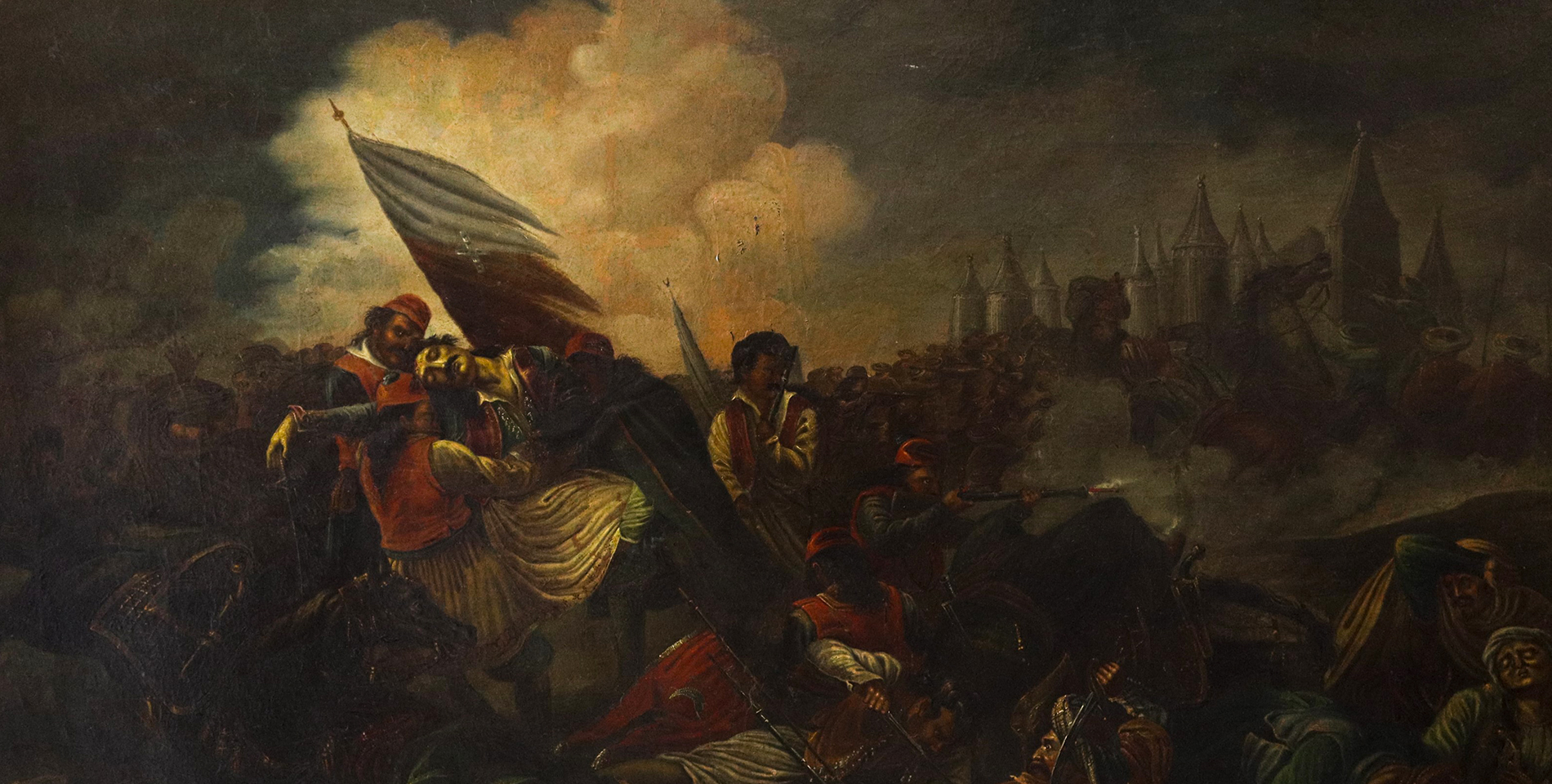Auction calendar
All auctions
156
Live auction
thu 13 November 2025

